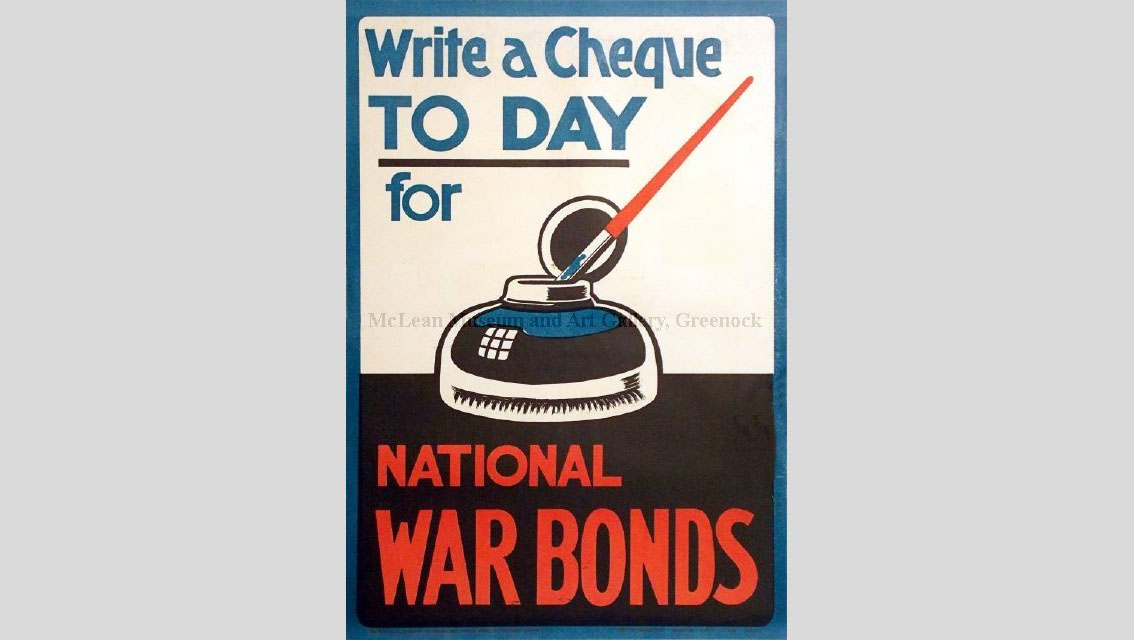Savings Bonds (1942-1980)
The War Advertising Council’s first campaign, the Savings (or War) Bonds campaign, encouraged Americans to support the war effort by purchasing war bonds. The bonds were referred to as Defense Bonds until 1942 when agency executive Walter Weir decided it was more logical to call them War Bonds.
From January 15, 1942 to August 14, 1945, the organized power of advertising focused on informing the American people what needed to be done to win World War II quickly and buying war bonds was near the top of that list. In that time, American advertising and media businesses contributed an estimated $350 million worth of space and time in support of war bond promotion and approximately 85 million Americans bought more than 800 million war bonds.
After World War II, the bonds were called Savings Bonds and the ads promoting them appealed to prudent investment rather than patriotism. The name War Bonds returned a short time later to coincide with the Korean War. President Lyndon Johnson wanted to renew a full-blown War Bond campaign during the Vietnam War, but that war was a controversial and divisive issue for the public. Consequently, the Ad Council only felt
comfortable creating ads showing soldiers – but not mentioning Vietnam – with the theme: “They buy bonds where they work. Do you?”
By the time the U.S. Government Savings Bond campaign ended in 1980, the campaign drew $75 million annually in donated media.
Print Ad:
Rainy Day







